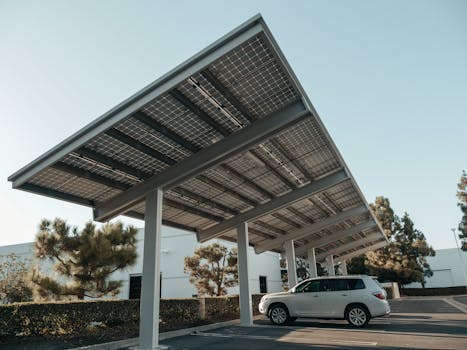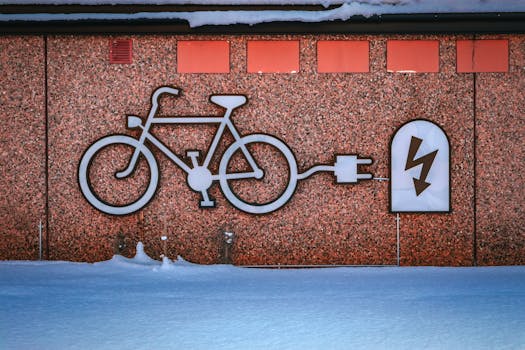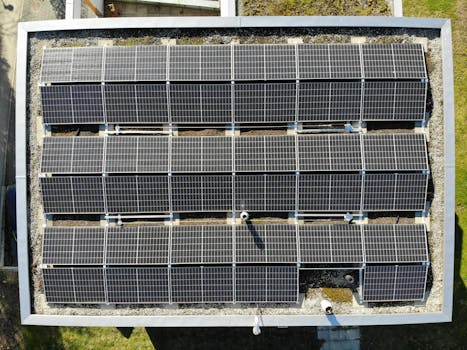
Smart Cities: Urban Trends for 2025
Smart Cities are revolutionizing the way we live, work, and interact with our environment. As we head into 2025, it’s essential to stay ahead of the curve and understand the latest urban trends shaping the future of smart cities. In this article, we’ll explore the most significant developments in smart city technology, sustainable infrastructure, and innovative urban planning.
Introduction to Smart Cities

Smart Cities are urban areas that leverage technology and data to create a more efficient, sustainable, and livable environment for their citizens. From smart grids and transportation systems to intelligent buildings and public services, smart cities are designed to improve the quality of life for residents while reducing their environmental footprint.
Urban Trends for 2025

As we look to 2025, several key trends are emerging in the world of smart cities. These include:
- Sustainable Infrastructure: Cities are investing in green infrastructure, such as renewable energy sources, green roofs, and energy-efficient buildings, to reduce their carbon footprint and mitigate the effects of climate change.
- Smart Mobility: With the rise of electric and autonomous vehicles, cities are adapting their transportation systems to accommodate new modes of transportation, reducing congestion and improving air quality.
- Internet of Things (IoT) Integration: The IoT is playing a critical role in smart city development, enabling real-time monitoring and management of urban systems, from waste management to public safety.
- Data-Driven Decision Making: Cities are leveraging data analytics and artificial intelligence to inform decision-making, optimize resource allocation, and improve public services.
- Citizen Engagement: Smart cities are prioritizing citizen engagement and participation, using digital platforms and community outreach programs to involve residents in the planning and development process.
Case Studies: Smart Cities in Action

Several cities around the world are already embracing these trends and serving as models for smart city development. Some notable examples include:
- Barcelona, Spain: Barcelona has implemented a range of smart city initiatives, including a smart lighting system, intelligent traffic management, and a citizen participation platform.
- Singapore: Singapore has developed a comprehensive smart nation strategy, incorporating technologies like IoT, data analytics, and artificial intelligence to create a more efficient and sustainable city-state.
- Copenhagen, Denmark: Copenhagen is a leader in sustainable urban development, with a focus on green infrastructure, renewable energy, and carbon neutrality.
Conclusion

As we head into 2025, it’s clear that smart cities will play a critical role in shaping the future of urban living. By embracing sustainable infrastructure, smart mobility, IoT integration, data-driven decision making, and citizen engagement, cities can create a more efficient, sustainable, and livable environment for their residents. Whether you’re a city planner, urban developer, or simply a curious citizen, understanding these trends and best practices can help you stay ahead of the curve and contribute to the creation of smarter, more resilient cities.





